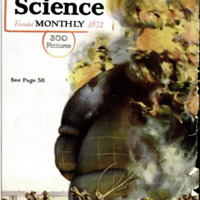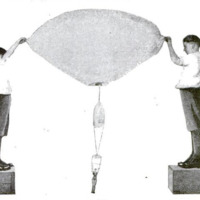Popular Science Monthly, v. 94, n. 3, 1919
Contenuto
- Titolo
- Popular Science Monthly, v. 94, n. 3, 1919
- Sorgente
- Google Books
- volume
- 94
- numero
- 3
- Data di rilascio
- 1919-03
- Diritti
- Public domain (Google digitized)
- Media
 Screenshot (589).png
Screenshot (589).png
Risorse correlate
| Titolo | Classe |
|---|---|
 A Boy's Dirigible Balloon with Parachute A Boy's Dirigible Balloon with Parachute |
